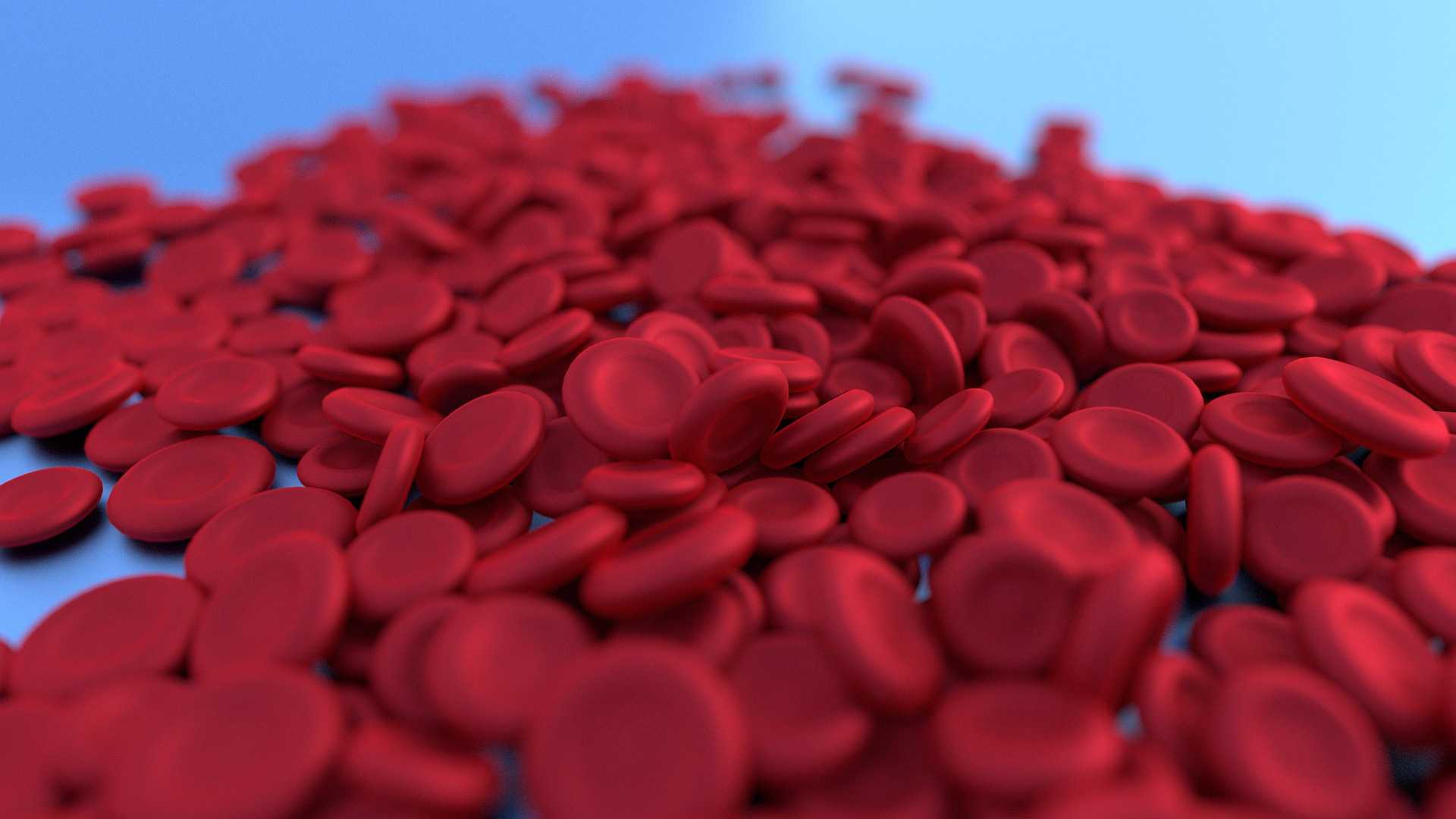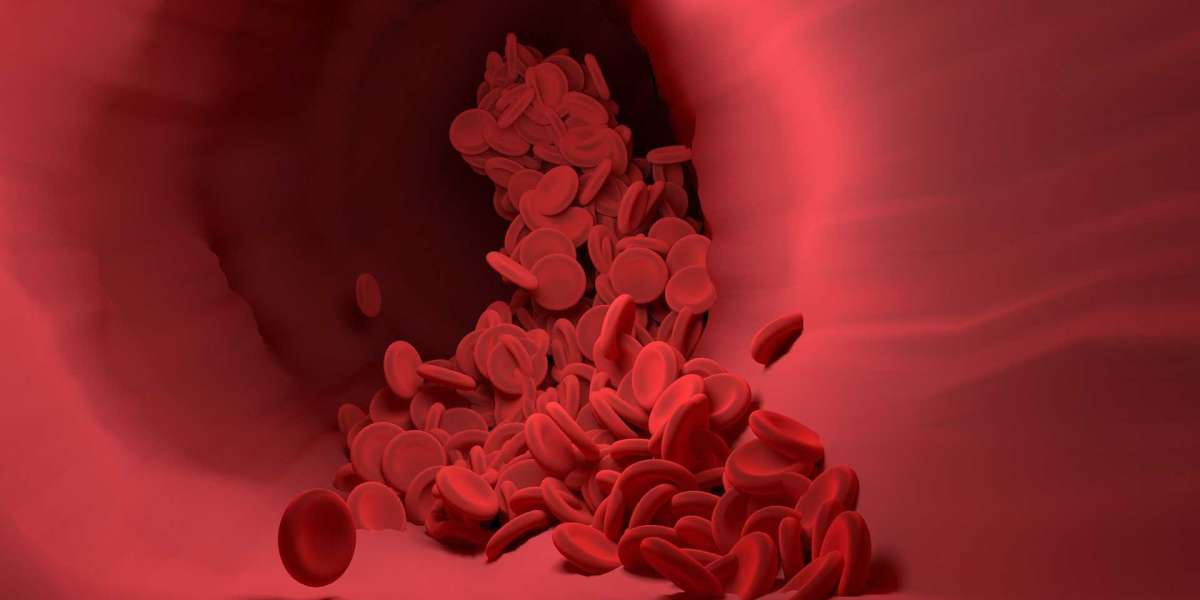Richard Feynman, the Nobel Laureate in Physics, clashed with a poet acquaintance three decades ago, who remarked that while artists might appreciate the beauty of a flower, scientists analyze it "till it becomes a boring object." Feynman refused to give up. He said that a scientist admires the beauty of a flower, but he also admires the beauty of its cellular processes. "Knowledge of science just adds to the fascination, mystery, and wonder that a flower elicits," he concluded.
Three scientists from Israel's Weizmann Institute of Sciences will now enrage poets who share Feynman's viewpoint. The researchers used the most up-to-date data to compute the amount of cells that make up a human being. And we're just 30 million million cells, 84 percent of which are red blood cells that deliver oxygen throughout the body. David Bowie composed Space Oddity, Alice Munro authored Too Much Happiness, and Adolf Hitler murdered millions of people with those 30 billion cells.

The computation, which should be treated with caution because it has not yet been published in any scientific journal, was released on the Cold Spring Harbor Laboratory's bioRxiv website in the United States. The study debunks a scientific cliché that has persisted in the scientific community since the 1970s: that bacteria outnumber human cells by a factor of ten in our bodies. According to the latest research, our bodies contain 39 billion bacteria, the most of which are found in the colon of the large intestine, compared to 30 billion human cells. It's a 1.3 to 1 ratio.
"The statistics are comparable enough that each defecation can shift the proportion in favor of human cells," the researchers write in their paper, using a philosophical expression. A third of the germs in a person's colon is expelled every time he goes to the toilet to have a bowel movement. The subject ceases to be numerically bacterial and becomes entirely human during this intimate act. Researchers Ron Sender, Shai Fuchs, and Ron Milo have signed the work.
Since 1972, when American microbiologist Thomas Donnell Luckey published the first estimate of the bacterial fauna in the human digestive system, there has been a ratio of 10 bacteria per human cell. Throughout the digestive tract, Luckey computed 100 trillion bacteria, assuming a constant density of 100 billion bacteria per gram of content. According to scientists at the Weizmann Institute of Science, Luckey was incorrect, as this high bacterial density can only be found in the colon of the large intestine.
Sender, Fuchs, and Milo's estimations are based on the so-called "reference man," a hypothetical person between the ages of 20 and 30, weighing 70 kilos and standing 170 cm tall. The authors point out that women have a 10% lower red blood cell concentration and a 25% lower blood volume than men. Your colon's volume and bacterial density, on the other hand, are similar. "As a result, we believe that in women, the ratio of bacteria to human cells will increase by a third," the researchers write.
The rest of our 30 trillion cells is made up of extracellular liquids and solids, weighing only 47 kg.
Not all of the reference person's 70 kg correlate to the weight of his cells. Extracellular fluid accounts for 25% of the total, whereas extracellular solids account for the remaining 7%. Our 30 trillion cells are barely 47 kilos in weight. Only two types of cells account for 75% of this mass: fat-forming adipocytes and muscle cells. Both types of cells make up less than 0.2 percent of a person's total number of cells, but their massive size (10,000 cubic micrometers) means they account for the majority of a person's weight. The most numerous cells, red blood cells, have a volume of only 100 cubic micrometers and weigh two and a half kilos.
Ron Milo's team argues that their work is more than just an academic pastime. The authors write, "A recent study demonstrates that knowing the number of cells in distinct organs can be an useful signal to understand the differences in cancer risk between these tissues." And, of course, the trio of scientists have succeeded in burying an incorrect estimate that put us on the path to becoming more bacterial than human.



